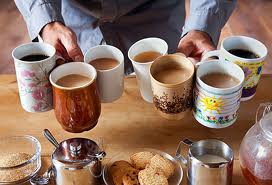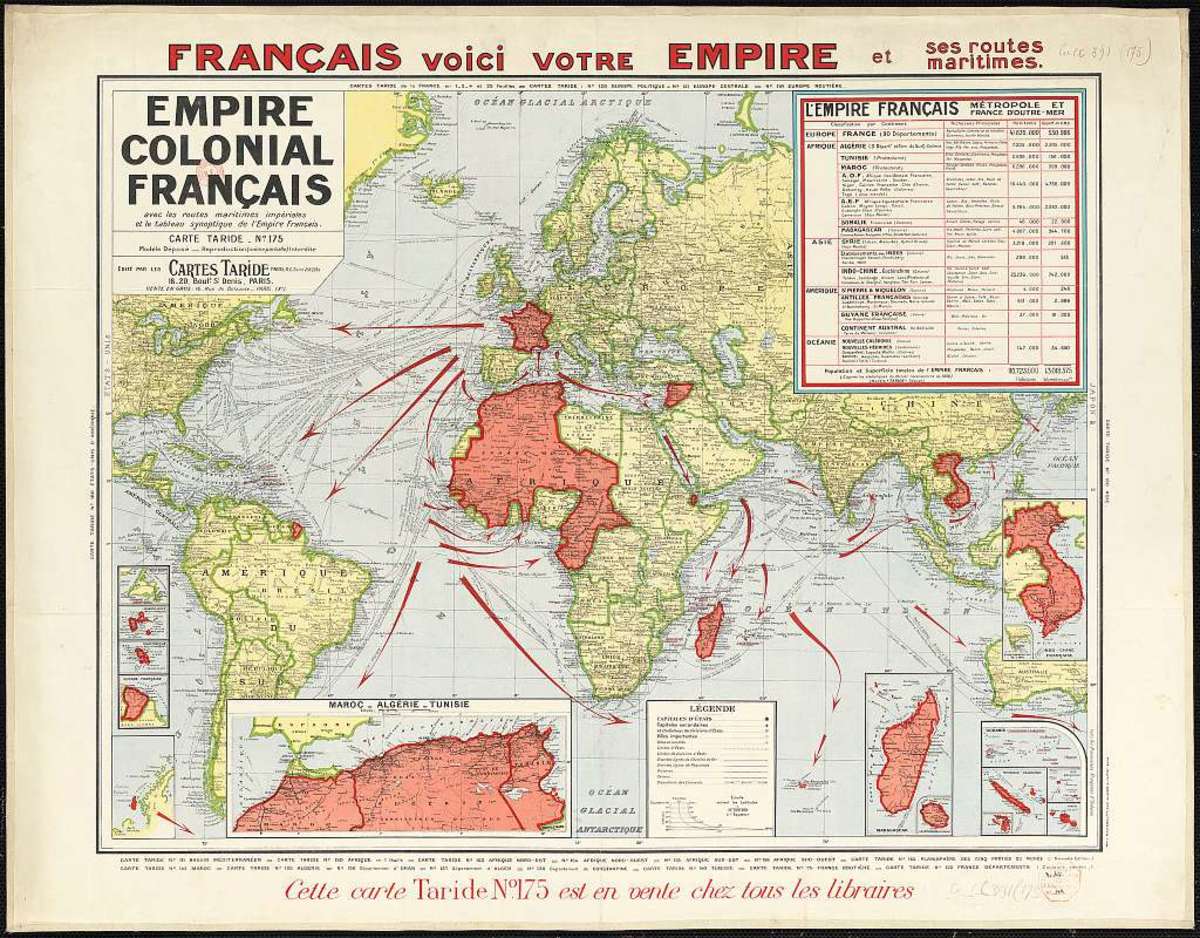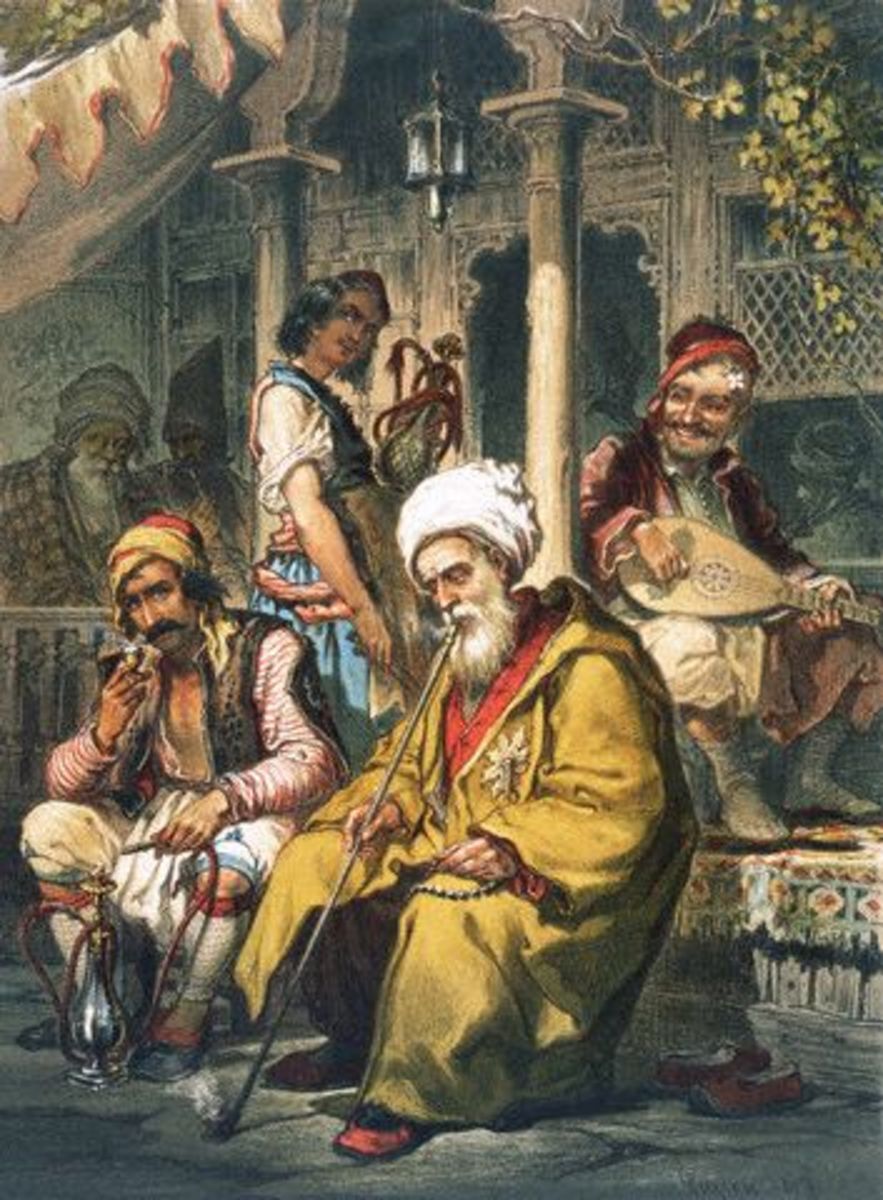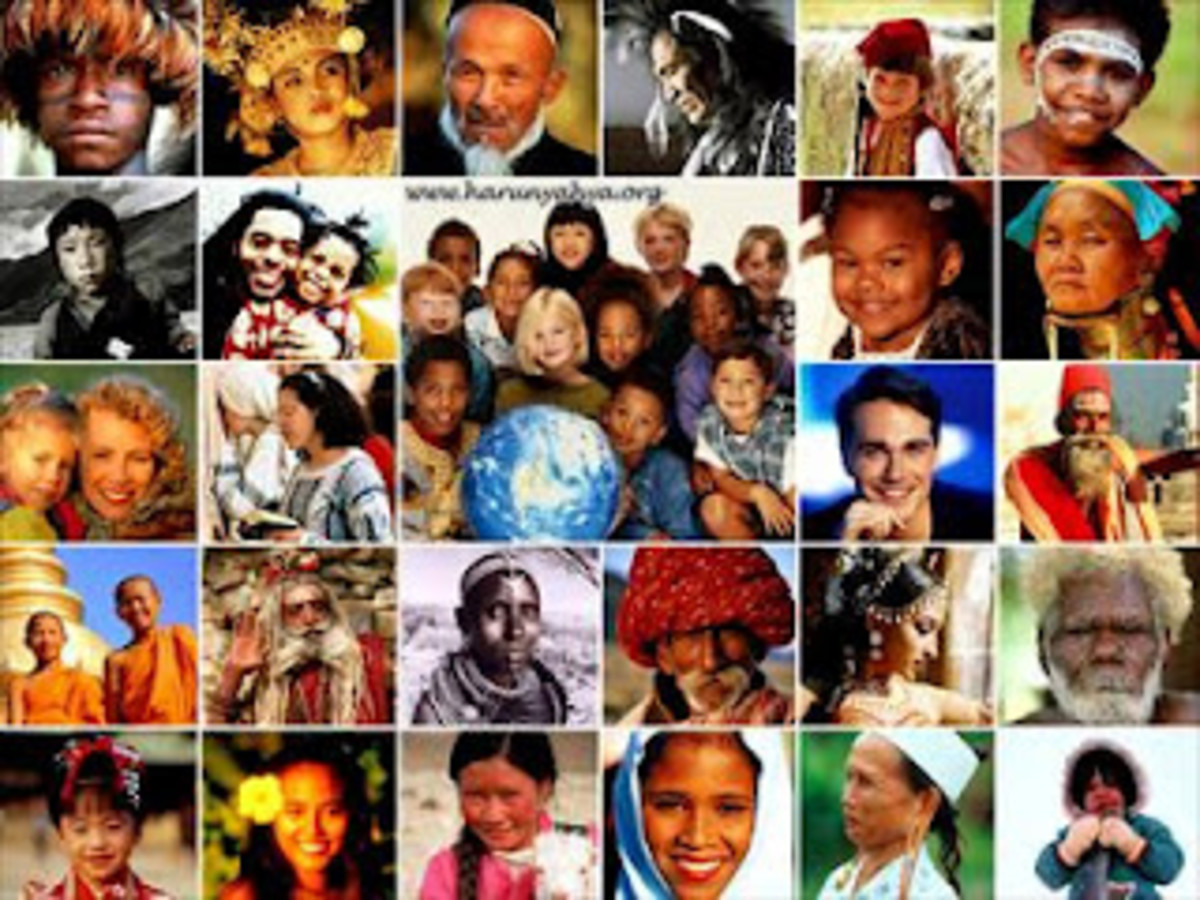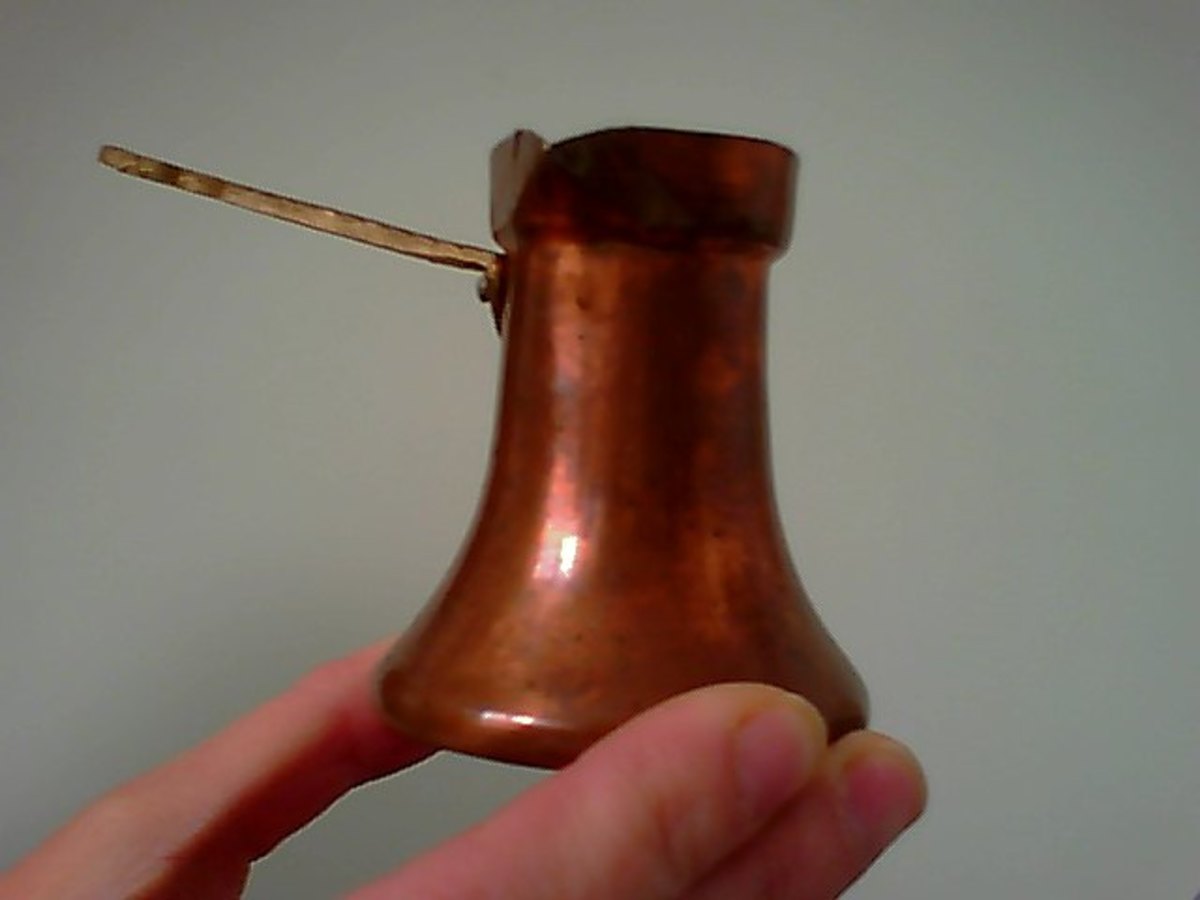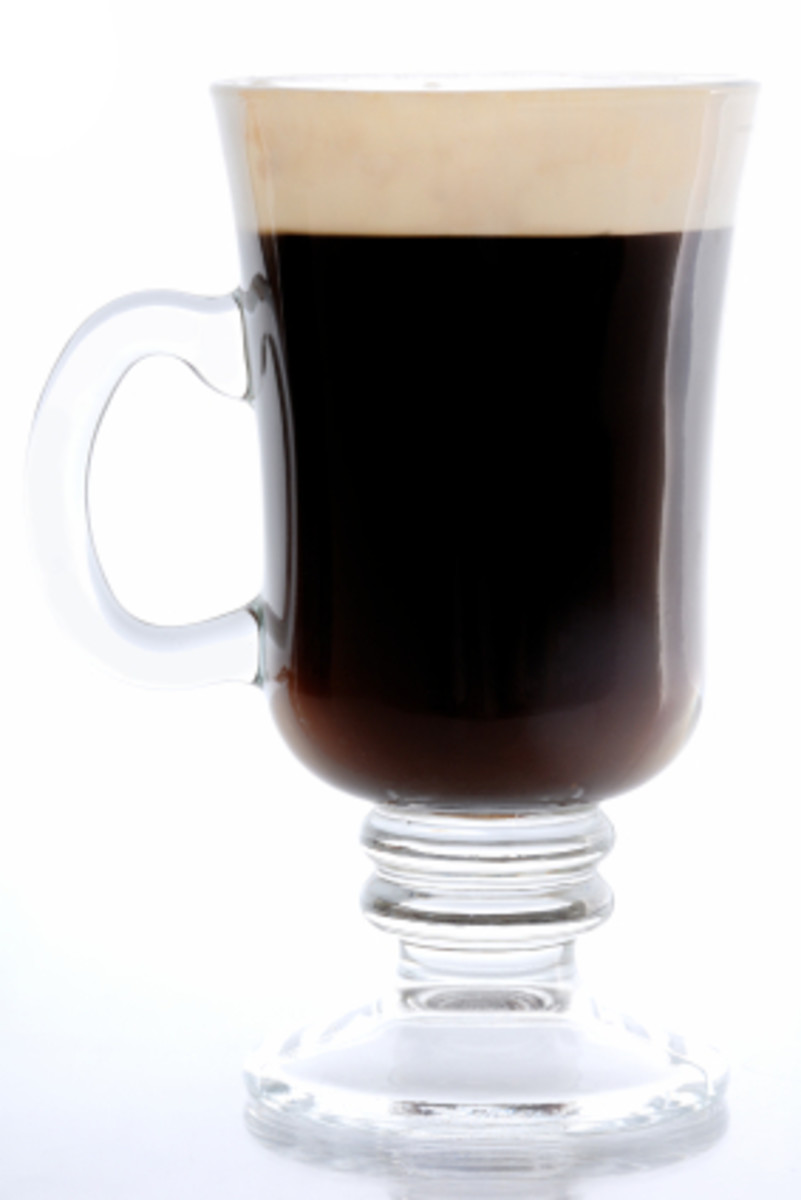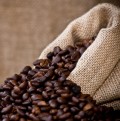How Coffee Began - a History of Coffee and its Development
Coffee is King
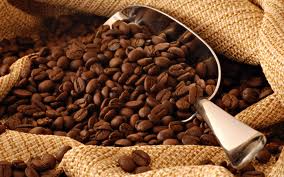
Coffee has a very interesting culture and history. I remember reading about this in college. The first documented history of coffee is in the 9th century in Ethiopia by a goat herder. The coffee plant remained in Africa until around the 15th century, when it began to make its way to Egypt, and North Africa. There is some documentation that is was served in a Sufi Monestary in Yemen, which they used in order to stay awake during their late evening prayers.
By the 16th century during the Renaissance, coffee made its way to the Mediterranean, namely Turkey and Albania, as well as to Persia and North Africa.


Coffee as a Moral and Political Issue
It was brought into Turkey around 1511, with moralists putting down the drink. By 1525, the decision was reversed, and by 1554, the first coffee house was opened in Istanbul. It gave energy and destroyed fatigue.
When African merchants coming into Venice brought the drink to Italy, it created quite a stir. It was sold to the wealthy, and experienced a similar fate as in Turkey. The question of it being a proper beverage for Catholics was posed - and finally, in 1600 Pope Clement settled the argument - "yes!". He was in favor of coffee drinking, and from then, no one has questioned it, at least not on a moral or spiritual issue.
The Grand Cafe was the first Coffee House to be opened in England at Oxford, by a Jewish man named Jacob in 1650. Only 25 years later, a total of 3000 coffee houses were operating in England. In France, Parisians were introduced to the drink by way of their former French Ambassador to Turkey, Solieman Agha. By 1670, the Ambassador had succeeded in having it become firmly established as a daily pastime. In Vienna, the drink became popular after 1683 and the Battle of Vienna where the Austrians defeated the Turks. They added foamed milk and sugar, which added to its tremendous popularity.
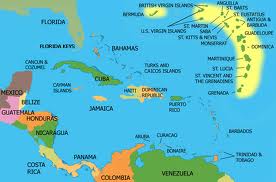
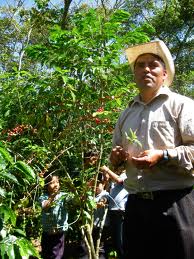
Home Brewed Coffee
Strong as Hell, Sweet as Love
The Caribbean
In the early 18th century (1720), coffee was brought to Martinique by Gabriel deClieu. It was a fantastic natural crop. Not long after this, Martinique was responsible for producing half the world's coffee, but due to labor injustices and African slave uprisings in the Haitian Revolution, the coffee industry never fully recovered.
The bad side of coffee is that it displaced indigenous cultures. The large coffee plantations resulted in work conditions similar to, and including slavery.
The only notable exception is the country of Costa Rica. Due to the lack of available labor, the indigenous people became coffee sellers and brokers, creating a quality product and accumulating wealth in the process. To this day, Costa Rica coffee offers excellent coffee blends.
Espresso Maker

South America - most successful coffee crop
The stuff that legends are made of!
The Portuguese king (entrepreneurial soul that he was) wanted to try to export coffee plants to Brazil. In order to do so, he commissioned Portuguese explorer Francisco deMello Palheta to try to get some coffee seedlings from French Guinea, being certain that the similar climate would support the coffee plant.
Not unlike today, there was a lot of beauerocracy around the decision to give him, or not give him the opportunity to grow coffee in Brazil. In the end, chivalry won the day. Francisco developed a good rapport with the governor's wife, who slipped him an adequate supply of coffee seeds and shoots in order to get his Brazilian coffee crop off the ground. That is how it began - at least in South America - and it has been popular for centuries. There are more details - which may be true or fabrications. It is said that the plants were smuggled to deMello Palheta by way of a flower bouquet! The shoots and seeds were mingled among the flowers.
In 1893, coffee seeds from Brazil were exported to Kenya, neighbor to Ethiopia, thus completing the trans-global coffee cycle. Today, coffee grows in Indonesia, Vietnam, Africa, South America and the Caribbean, India, and Mexico.
